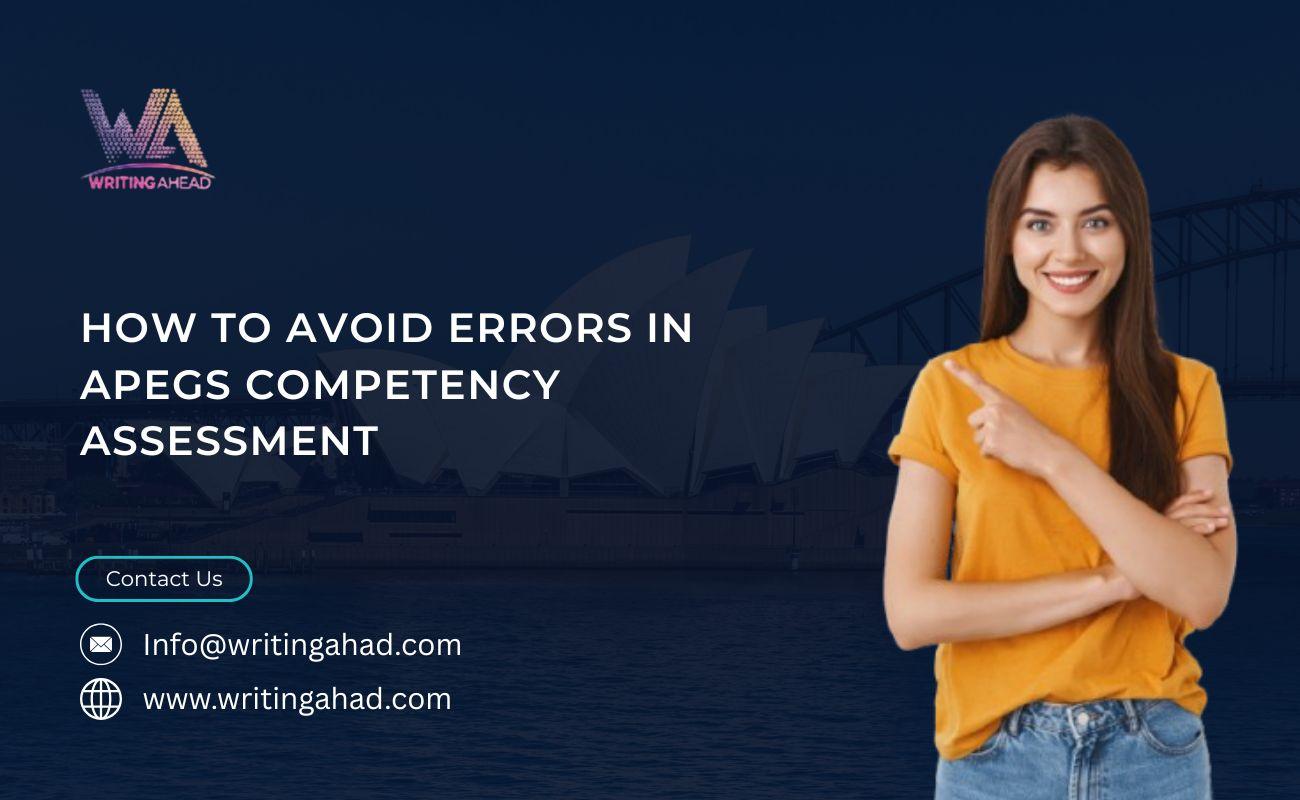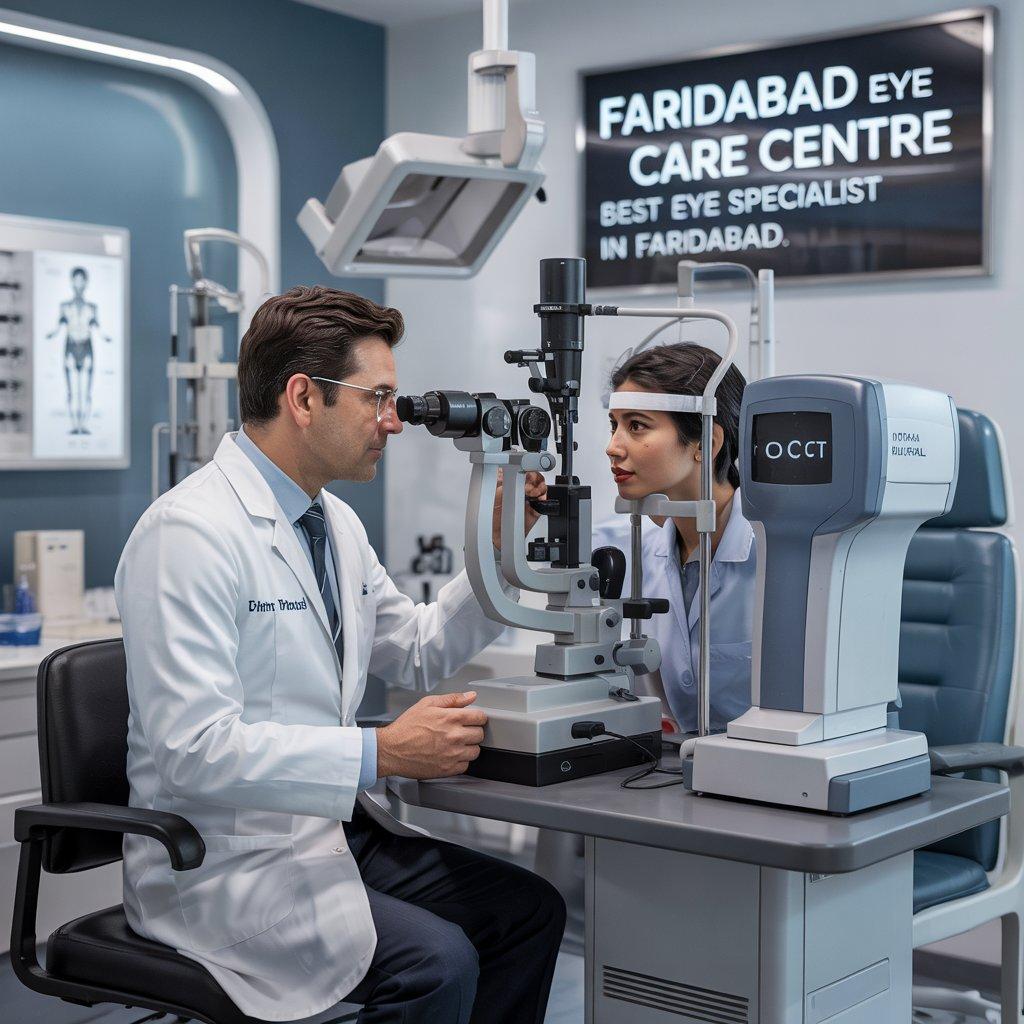How to Avoid Errors in APEGS Competency Assessment

The APEGS competency assessment is a critical step for engineering professionals aiming to demonstrate their technical expertise, leadership qualities, and ethical responsibility. Many applicants prepare well but still encounter setbacks due to avoidable mistakes. Preparing the APEGS Report with accuracy, structure, and clarity is essential for success. This article explores effective strategies to avoid errors, explains common pitfalls, and guides applicants through building strong competency evidence.
Understanding the Role of the APEGS Competency Assessment
The Apegs competency assessment is more than a procedural step; it is a platform where candidates showcase their applied knowledge. It ensures that applicants have both the technical and non-technical abilities needed to practice engineering responsibly. Since reviewers rely entirely on the content provided in the Apegs competency assessment, even small errors may affect the outcome. Therefore, grasping the significance of each competency category and aligning it with one’s experience is vital.
Common Mistakes in APEGS Reports
Overgeneralizing Experiences
Applicants sometimes provide vague descriptions of their roles. Instead of stating general responsibilities, the focus should be on specific actions and measurable outcomes. An unclear narrative weakens the competency evaluation.
Ignoring STAR Format
The Situation, Task, Action, Result (STAR) approach is highly effective but often overlooked. Without it, reviewers may find it difficult to understand how the applicant contributed to a project or solved an engineering problem.
Repetition of Examples
Using the same project repeatedly across multiple competencies reduces diversity and fails to highlight the applicant’s versatility. Multiple distinct examples provide stronger evidence of well-rounded skills.
Insufficient Evidence
Competencies demand proof, not assumptions. Applicants who omit quantitative details, diagrams, or tangible outcomes weaken their submission. Evidence transforms claims into verifiable demonstrations.
Misalignment with Indicators
The APEGS competency framework specifies indicators under each category. A common error is writing narratives that don’t align directly with these indicators, making it hard for reviewers to assess compliance.
Strategies to Strengthen the APEGS Report
Use Clear and Precise Language
Clarity is the foundation of a successful APEGS Report. Avoid jargon that may confuse reviewers and focus on professional language that communicates responsibility and decision-making effectively.
Structure Content with STAR Method
Applying the STAR method ensures experiences are presented logically. This structure emphasizes both the challenge and the applicant’s unique role in solving it.
Provide Quantifiable Results
Numbers, percentages, and measurable improvements provide credibility. For instance, instead of stating "improved efficiency," one could write "improved system efficiency by 20% through optimized workflow."
Diversify Project Examples
Each competency should highlight different skills and situations. Showcasing variety demonstrates adaptability, leadership, and technical depth.
Map Competencies Before Writing
Planning ensures each competency is addressed with relevant examples. Preparing a mapping sheet before writing the Apegs competency assessment saves time and reduces overlap.
Enhancing Technical Demonstrations in the Report
Highlighting Problem-Solving Skills
Reviewers seek proof that applicants can identify challenges, analyze options, and implement innovative solutions. Detailed narratives showing how issues were diagnosed and resolved strengthen the application.
Demonstrating Ethical Responsibility
Ethics is a core element. Applicants should describe scenarios where they adhered to safety, environmental, or professional standards even when challenges arose. This reinforces credibility.
Leadership and Mentorship Experience
Supervising junior engineers, coordinating with teams, or guiding decision-making processes demonstrates leadership. Narratives that showcase mentoring efforts highlight maturity and readiness for professional responsibility.
Reviewing and Editing Before Submission
Self-Review Techniques
Rushing into submission often leads to errors. Reading aloud helps identify gaps, while creating checklists ensures each indicator has been addressed thoroughly.
Peer Feedback
Trusted colleagues can review drafts for clarity, relevance, and conciseness. External perspectives help detect blind spots in the APEGS Report.
Professional Tone Consistency
Maintaining a consistent professional tone throughout the submission conveys seriousness. Avoid casual wording or incomplete explanations.
Importance of Time Management in Assessment Preparation
Procrastination often leads to poorly prepared submissions. Setting a schedule, breaking down each competency into smaller writing tasks, and reviewing periodically ensures higher quality. Additionally, early preparation provides time for corrections, making the Apegs competency assessment stronger and more compelling.
Building Confidence Through Mock Reports
Writing practice reports is a useful strategy for avoiding mistakes. By rehearsing examples and applying the STAR method multiple times, applicants gain fluency in writing clear, concise, and evidence-based narratives. Confidence improves when one is familiar with structuring and presenting competencies.
The Role of Continuous Learning
Applicants should continually update their knowledge of professional standards and engineering practices. Incorporating fresh learnings into the APEGS Report demonstrates commitment to growth, which reviewers value. Avoiding outdated methods or irrelevant examples ensures that the submission aligns with modern engineering expectations.
Conclusion
The Apegs competency assessment is not merely about fulfilling formalities; it is about reflecting professional readiness. Avoiding errors requires careful attention to detail, structured writing, and strong evidence-based narratives. By understanding common pitfalls and applying strategies such as STAR formatting, measurable outcomes, and diversified examples, applicants can prepare a compelling APEGS Report. Diligent preparation and careful review ensure that the assessment reflects not only competence but also professionalism, ethics, and leadership.
FAQs
What is the biggest mistake in an APEGS competency assessment?
The most common mistake is providing vague or generalized responses. Reviewers need specific, measurable examples that clearly demonstrate how competencies were applied. Without clarity and structured evidence, the APEGS Report may not meet the expected standards of evaluation.
How important is the STAR method in the APEGS Report?
The STAR method is crucial because it structures responses logically. It ensures applicants explain the situation, their role, the actions taken, and the outcomes achieved. This format helps reviewers easily identify contributions and confirm that competencies have been demonstrated effectively.
Can I use the same project for multiple competencies?
Yes, but it is advisable to diversify. Using one project across several competencies may weaken the report’s depth. Reviewers prefer to see a range of experiences showcasing different skills. Distinct projects highlight adaptability, versatility, and broad engineering experience.
How can I ensure accuracy in my APEGS Report?
Accuracy can be ensured through planning, drafting, and multiple reviews. Applicants should align each example with indicators, use measurable data, and seek feedback from peers. A step-by-step review process reduces oversight and strengthens the quality of the APEGS competency assessment.
Is leadership experience necessary for the APEGS competency assessment?
Yes, leadership and mentorship are highly valued. Even if applicants are not in senior roles, examples of guiding peers, coordinating work, or taking responsibility in decision-making can reflect leadership potential. Demonstrating such qualities strengthens the overall impact of the APEGS Report.





